Excessive???
Looks more like “we don’t wont you to earn more then us”
Updated T&Cs reveal intent to restrict access under undefined circumstances.

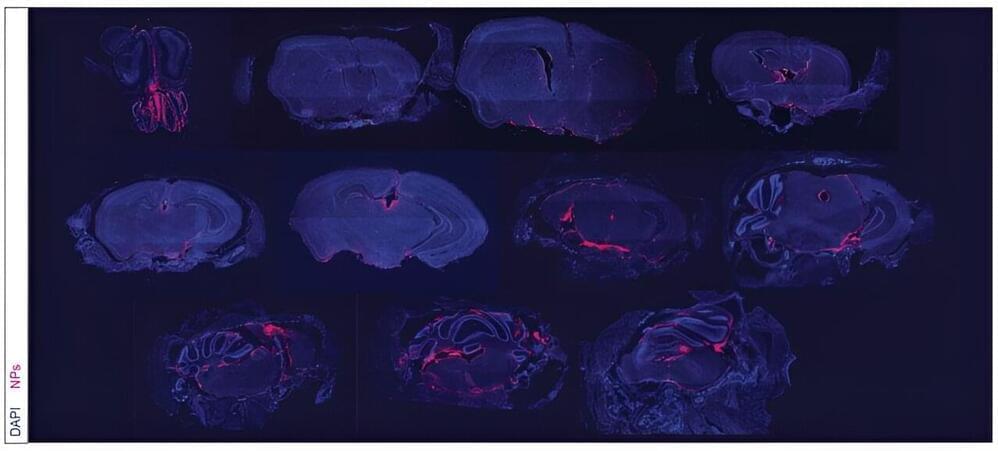
Using nanoparticles administered directly into the cerebrospinal fluid (CSF), a research team has developed a treatment that may overcome significant challenges in treating a particularly deadly brain cancer.
The researchers, led by professors Mark Saltzman and Ranjit Bindra, administered to mice with medulloblastoma a treatment that features specially designed drug-carrying nanoparticles. The study, published in Science Translational Medicine, showed that mice who received this treatment lived significantly longer than mice in the control group.
Medulloblastoma, a brain cancer that predominantly affects children, often begins with a tumor deep inside the brain. The cancer is prone to spread along two protective membranes known as the leptomeninges throughout the central nervous system, particularly the surface of the brain and the CSF.
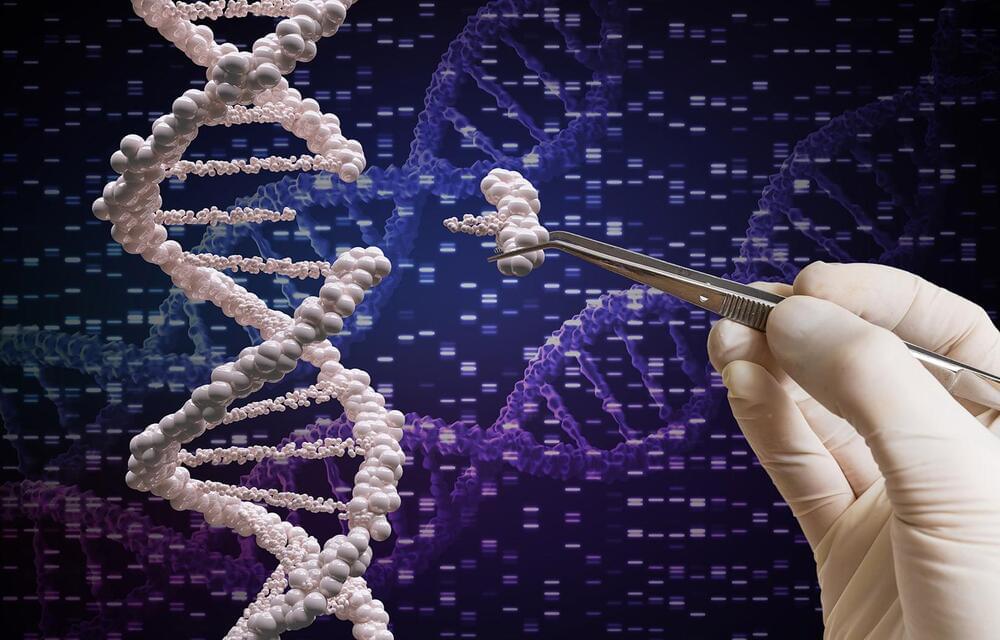
Identifying therapeutic targets for neurodegenerative conditions is often challenging due to the limited accessibility of reproducible, scalable in vitro cell models. Genome-level CRISPR screens are useful for these studies but performing screens that include the necessary replicates requires billions of cells. Human iPSC-derived cells can provide the needed scale, however, the complex process of directed differentiation is time-consuming, resource-intensive, and rarely feasible. Furthermore, delivering ribonucleases by transfection or transduction is inefficient in human iPSC-derived cells, especially delicate cell types like neurons. As a result, scientists often rely on immortalized cell lines, which do not accurately represent human biology or disease states, to run large-scale CRISPR screens.
In this GEN webinar, two experts will discuss solutions for running large-scale CRISPR screens to identify therapeutic targets for neurodegenerative diseases. They will present ioCRISPR-Ready Cells™: human iPSC-derived cells precision reprogrammed with opti-ox™, that constitutively express Cas9 nuclease, which are built for rapidly generating gene knockouts and CRISPR screens. During the webinar, you’ll learn about two peer-reviewed studies that performed large scale CRISPR knockout screens using opti-ox powered glutamatergic neurons with stable Cas9 expression. The first study demonstrates a loss-of-function genetic screen using a human druggable genome library. The second study investigated possible regulators of the RNA binding motif 3 protein, whose enhanced expression is highly neuroprotective both in vitro and in vivo.
In the summer of 2020, Keith Thomas dove into a swimming pool and became paralyzed from the chest down. He spent the next six months isolated in the hospital before joining a clinical medical trial that could make history for its use of groundbreaking Artificial Intelligence technology. Five chips were implanted into his brain which connects to a computer that can read his mind and send signals to parts of his body. Inside Edition Digital has more.
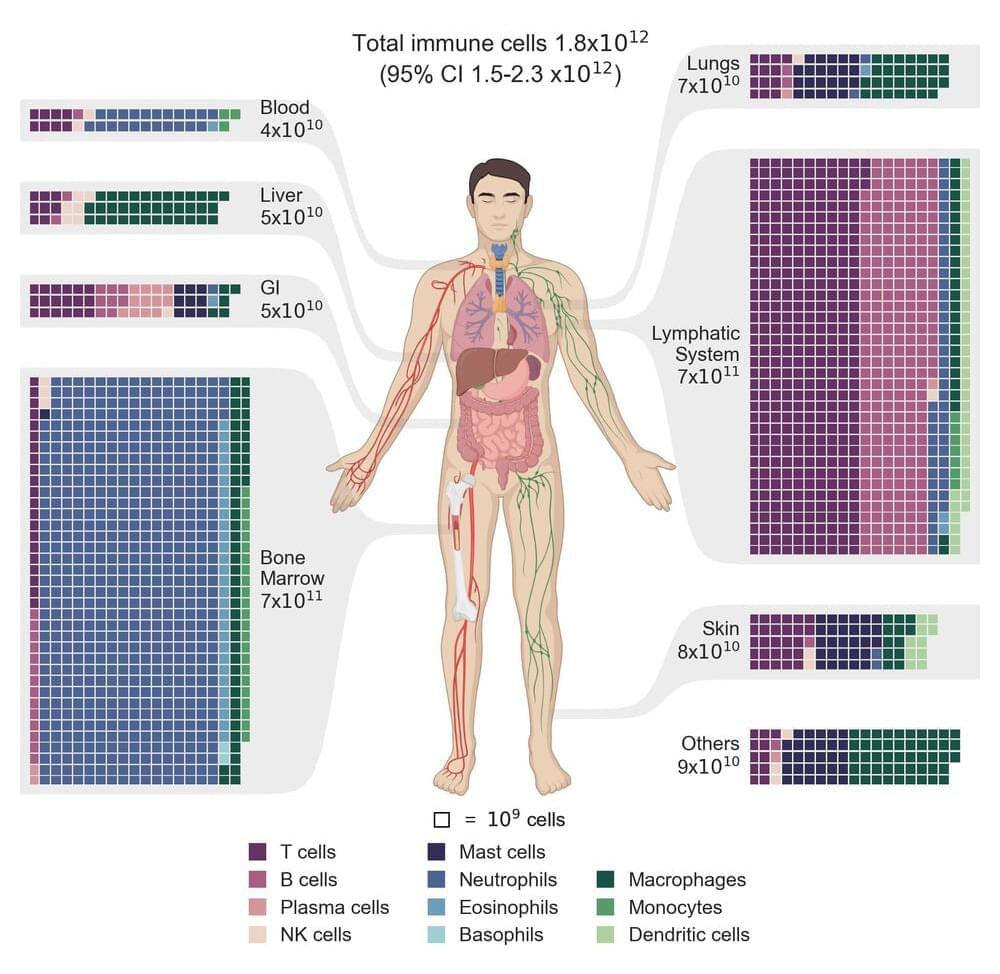
A team of environmental and molecular biologists at the Weizmann Institute of Science, working with a colleague from the Edmond and Lily Safra Children’s Hospital and another with The Hebrew University-Hadassah Medical School, all in Israel, has conducted a census of the immune cells that reside in the human body. The group describes their endeavor in a paper published in Proceedings of the National Academy of Sciences.
Prior research has shown that there are many kinds of immune cells in the human body and that they reside in different locations. Most if not all of them have been identified as well. But until now, it was not known how many of each type of cell exist in the average human body, how much room they take up or how much they weigh. In this new effort, the research team filled in that gap by conducting a three-pronged survey of immune cells in three types of average human bodies—a grown male, a grown woman and a child.
The three-pronged approached involved first studying available literature to obtain as much data as possible regarding the different types of immune cells. The second part involved conducting cell imaging to categorize cell phenotypes and complex immune cell types—a means of describing how much room different immune cells take up, wherever they may live. And the third part consisted of computational techniques to estimate cell numbers in different parts of the body, with which the team was able to calculate weights and mass.
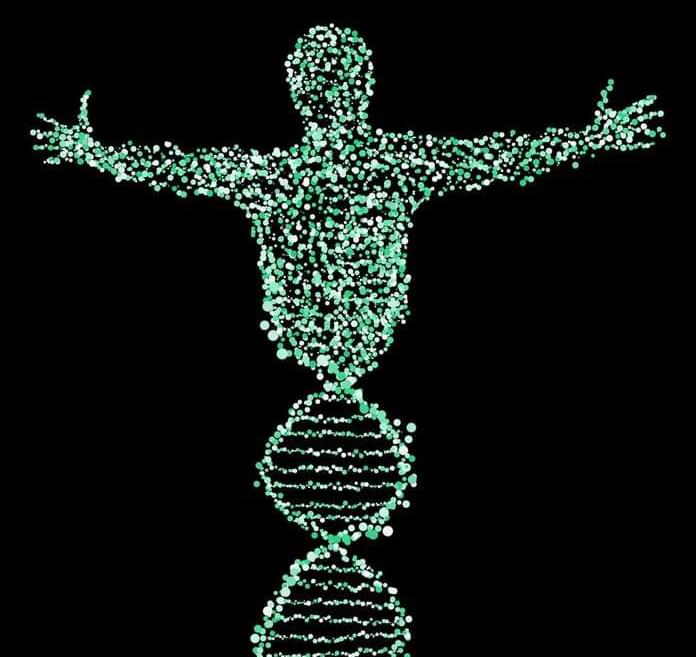
Metabolites called nucleotides are the building blocks of DNA and can impact cancer’s sensitivity or resistance to chemotherapy and radiation in brain cancer. Findings from researchers at the University of Michigan Health Rogel Cancer Center, published in Cancer Discovery, show how a specific nucleotide metabolite, called GTP, controls responses to radiation and chemotherapy in an unexpected way.
“We learned that if you increase a cell’s GTP levels, it makes it really resistant to radiation or chemotherapy. Lowering GTP levels, the cell becomes much more sensitive,” said Daniel Wahl, M.D., Ph.D., associate professor of radiation oncology at Michigan Medicine and senior author of this paper.
Researchers have long known that levels of nucleotides like GTP control how fast DNA damage is repaired, which in turn controls sensitivity to therapies.
As long as people have been alive, they’ve wanted to stay alive. For centuries, explorers have searched for the fountain of youth. And today, scientists are hard at work researching technology that can extend the human lifespan, stop or reverse aging; and even preserve a terminally ill person indefinitely, until a cure for their disease is discovered. But what if — instead of preserving our *bodies* — we could preserve our *consciousness*; by uploading it to a powerful computer. This is called *mind uploading*. And one startup has developed a procedure to do exactly this. It’s scientifically sound, there’s a waiting list to participate, and the procedure — is one hundred percent fatal. Let’s find out why.〰
🙏 SUPPORT THE WHY FILES
🙏 https://www.patreon.com/thewhyfiles (Fun, Free Perks!)👽 BUY WHY FILES MERCH
👽 https://shop.thewhyfiles.com (Code: LIZZIDPEEPLE for 10% off first order)💬 CHAT WITH US ON DISCORD
💬 https://thewhyfiles.com/discord〰
🌐 OFFICIAL WEB SITE: https://thewhyfiles.com🕵️ Submit a topic, suggestion or just say hi:
🕵️ https://thewhyfiles.com/tips🎨 Have a product suggestion or want to design artwork for TWF?
🎨 https://thewhyfiles.com/merch📸 BE A WHY FILES MODEL (and get free stuff!)
📸 Send a photo of you/family/friends watching TWF.
📸 wearing TWF gear, using TWF merchandise:
📸 https://thewhyfiles.com/wild〰
🎧 THE PODCAST VERSION
🎧 https://thewhyfiles.com/podcast〰
⁍ TWF on SOCIAL (in order of importance)
⁍ https://www.reddit.com/r/TheWhyFiles/
⁍ https://twitter.com/OMGTheWhyFiles.
⁍ https://www.instagram.com/OMGTheWhyFiles.
⁍ https://www.tiktok.com/@thewhyfiles.
⁍ https://www.facebook.com/OMGTheWhyFiles〰
🐠 BETTER CHANNELS TO WATCH:
🐠 https://www.youtube.com/c/HecklefishMoriarty.
🤓 https://www.youtube.com/c/TheWhyFilesBackstage.
#science #future #technology
You’ve probably heard of CRISPR, the revolutionary technology that allows us to edit the DNA in living organisms. Biochemist and 2023 Audacious Project grantee Jennifer Doudna earned the Nobel Prize for her groundbreaking work in this field — and now she’s here to tell us about its next world-changing advancement. She explains how her team at the Innovative Genomics Institute is pioneering a brand new field of science — precision microbiome editing — that uses CRISPR in an effort to solve seemingly insurmountable problems like asthma, Alzheimer’s and climate change.
This ambitious idea is part of the Audacious Project, TED’s initiative to inspire and fund global change.
If you love watching TED Talks like this one, become a TED Member to support our mission of spreading ideas: https://ted.com/membership.
Follow TED!
Twitter: https://twitter.com/TEDTalks.
Instagram: https://www.instagram.com/ted.
Facebook: https://facebook.com/TED
LinkedIn: https://www.linkedin.com/company/ted-conferences.
TikTok: https://www.tiktok.com/@tedtoks.
The TED Talks channel features talks, performances and original series from the world’s leading thinkers and doers. Subscribe to our channel for videos on Technology, Entertainment and Design — plus science, business, global issues, the arts and more. Visit https://TED.com to get our entire library of TED Talks, transcripts, translations, personalized talk recommendations and more.
Watch more: https://go.ted.com/jenniferdoudna.
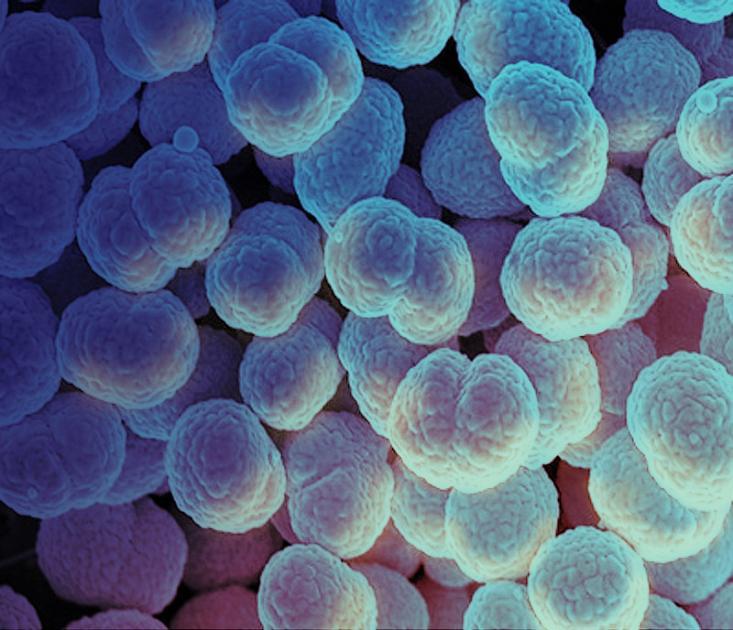
A study by the Global Antibiotic Research & Development Partnership and Innoviva Specialty Therapeutics found a single dose of a first-in-class oral antibiotic called zoliflodacin was as safe and effective as standard therapy for uncomplicated urogenital gonorrhea. NIAID contributed financial and scientific support to the development of zoliflodacin and applauds its non-governmental and private sector partners on successfully conducting the study. Read the NIH statement on these results: https://go.nih.gov/Wquuct
A single dose of a novel oral antibiotic called zoliflodacin has been found to be as safe and effective as standard therapy for uncomplicated urogenital gonorrhea in an international Phase 3 non-inferiority clinical trial, according to the Global Antibiotic Research & Development Partnership (GARDP), the study sponsor. Gonorrhea treatment options are increasingly limited due to antimicrobial resistance seen in Neisseria gonorrhoeae, the bacteria that cause gonococcal infection.
Because of the imperative to expand the gonococcal therapeutic pipeline, the National Institute of Allergy and Infectious Diseases (NIAID), part of the National Institutes of Health, has contributed financial and scientific support to the development of zoliflodacin and applauds its non-governmental and private sector partners on successfully conducting the Phase 3 study. This research has generated important new evidence for a field in urgent need of alternative therapeutic options. Specifically, zoliflodacin may offer an alternative to current therapy for uncomplicated urogenital gonococcal infection.
“Decades-old antibiotics are becoming ineffective for treating Neisseria gonorrhoeae, which creates a huge global health burden. NIAID celebrates this exemplary public-private partnership for supporting science to improve the sexual health of people worldwide,” said NIAID Director Jeanne Marrazzo, M.D. “These encouraging results should bolster additional, intersectoral efforts to develop safe and effective therapeutic options for gonorrhea and other bacteria that exhibit antimicrobial resistance.”
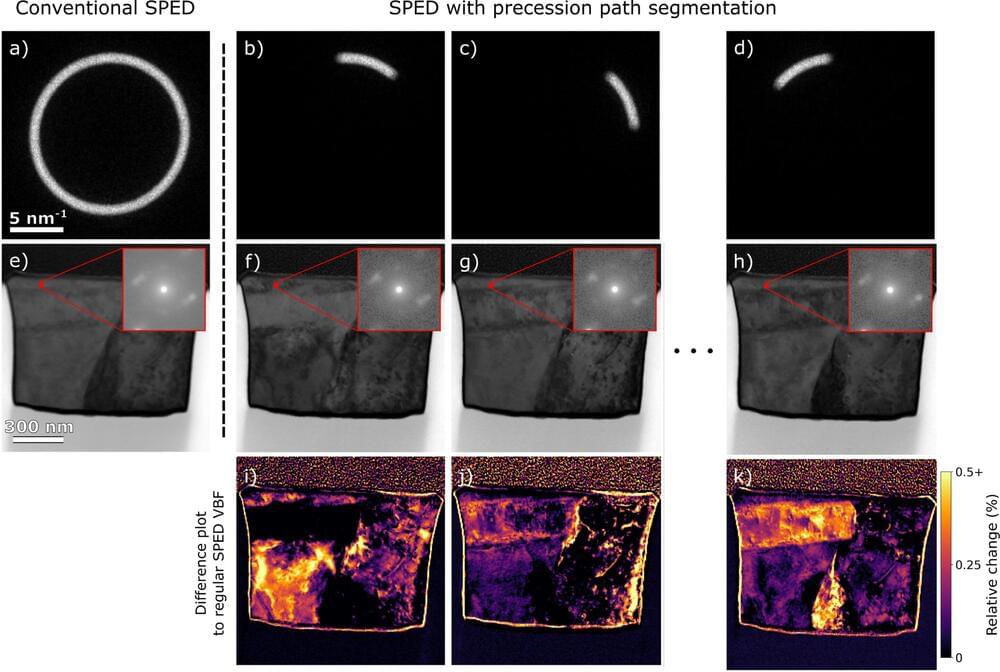
For researchers wanting to understand the inner workings of magnetic materials, transmission electron microscopy is an indispensable tool. Because the wavelength of an electron is much shorter than the wavelength of visible light, a beam of electrons transmitted through a thin slice of a material can create an image in which the inner structure of the material is magnified up to 50 million times, many orders of magnitude more than with an optical microscope.
Since transmission electron microscopy, or TEM, was first developed in the 1930s, scientists and engineers have come up with many variations on the technique. Each of these variations suit different applications and come with their own advantages and disadvantages.
Now, researchers at NTNU have come up with a remarkably simple method to solve a long-standing problem in an almost 30-year-old TEM-based technique known as scanning precession electron diffraction, or SPED.